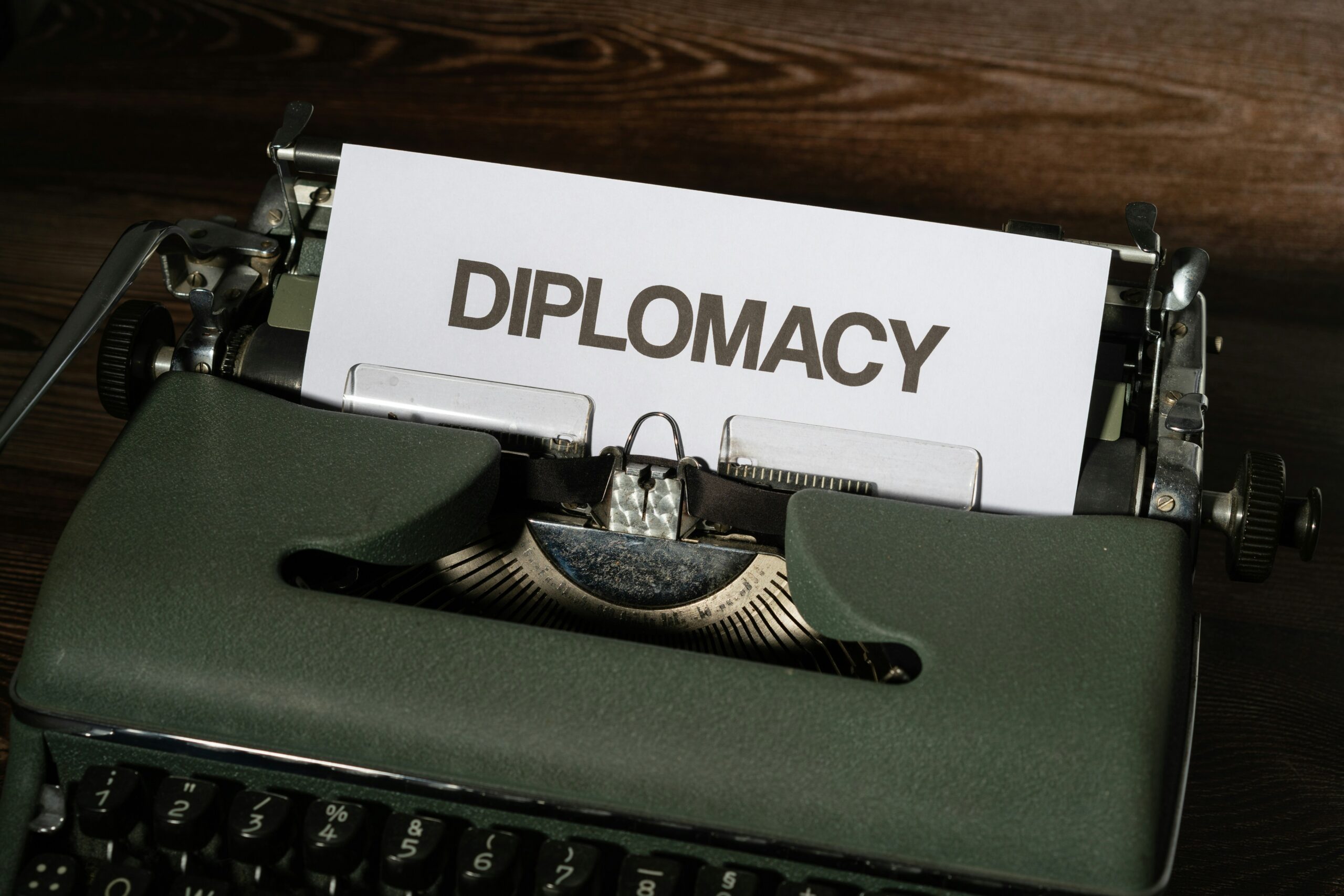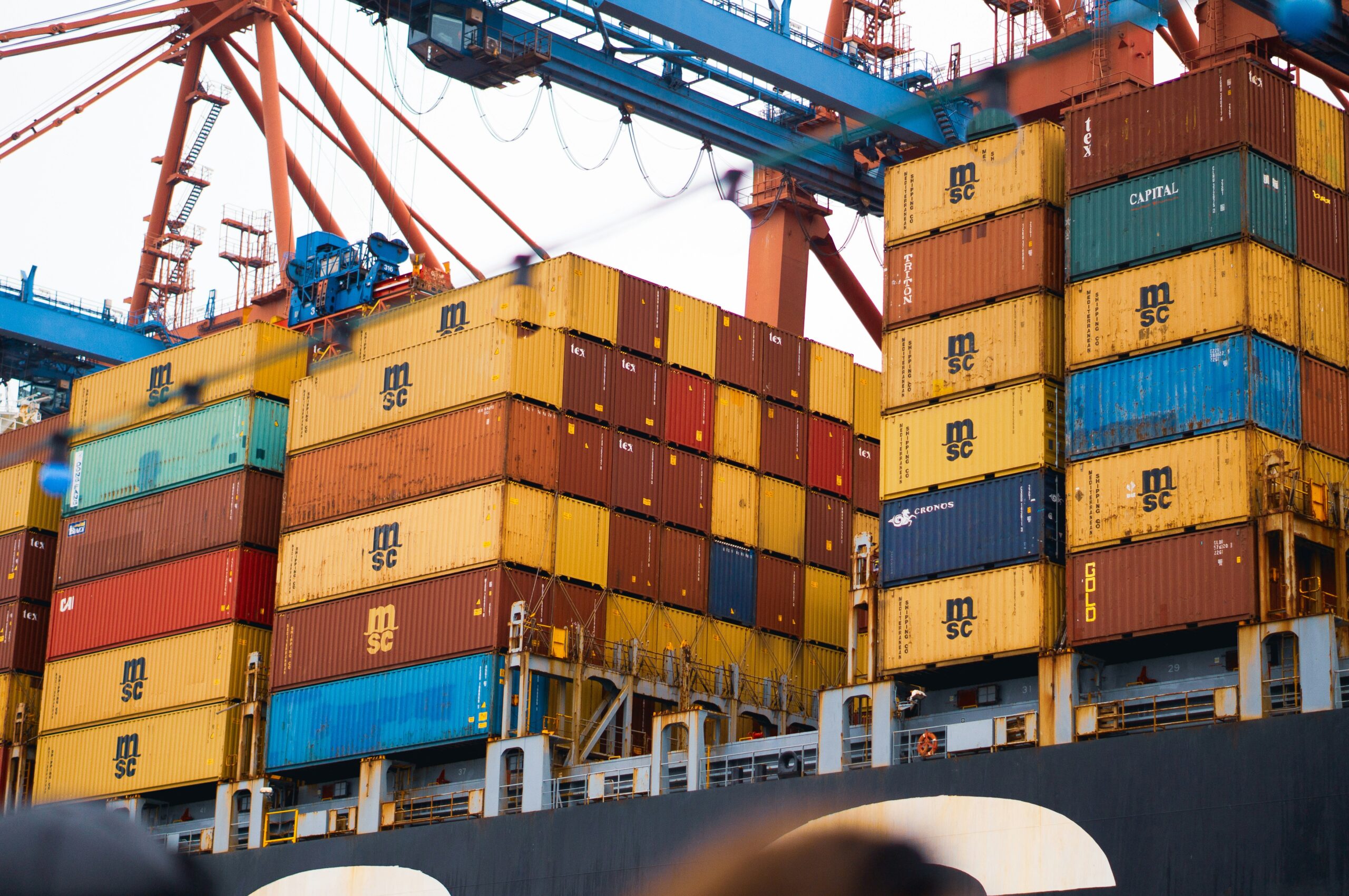The WTO’s unique contribution to the stability of the global economy is dispute settlement, which is the foundational element of the multilateral trading system. The rules-based system would be less effective without a way to resolve conflicts because the rules could not be enforced. The WTO’s mechanism strengthens the rule of law and improves the safety and predictability of the trading system. The system is built on well-defined rules and has deadlines for resolving cases. First decisions are made by a panel and approved or disapproved by the entire membership of the WTO. There is a chance for legal appeals. But making judgments is not the point. The goal is to resolve conflicts, preferably through talks.

Principles
In the WTO, disagreements primarily center on broken promises. Members of the WTO have pledged to use the multilateral system of resolving disputes rather than acting unilaterally if they believe other members are breaking trade laws. Those entail following established procedures and respecting decisions. When one nation adopts a trade policy measure or takes another action that one or more other WTO members believe violates WTO agreements or is a breach of obligations, a dispute results. The third group of nations may declare an interest in the matter and claim certain privileges.
Procedure
The Dispute Settlement Body, which consists of all WTO members, is in charge of resolving disputes. The exclusive power to convene panels of experts to examine the matter, as well as to accept or reject the conclusions of the panels or the outcomes of an appeal, belongs to the Dispute Settlement Body. It has the authority to sanction retaliation when a nation disobeys a ruling and oversees the execution of the decisions and recommendations. The steps taken to resolve disagreements are:
Consultation
This consultation process could take 60 days. The disputing nations must first communicate with one another to see whether they can resolve their disputes without outside intervention before taking any further action. If it doesn’t work, they can potentially request mediation from the WTO director-general or seek other forms of assistance.
The Panel
The appointment of a panel can take up to 45 days, and the panel’s conclusion can take up to 6 months. The protesting nation may request the appointment of a panel if consultations are unsuccessful. The nation “in the dock” may object to the nomination of a panel once, but after the second meeting of the Dispute Settlement Body, the appointment cannot be objected to unless there is a general agreement that the panel should not be appointed. The panel is formally supporting the recommendations or decisions made by the Dispute Settlement Body. But because the panel’s report may only be disapproved by the Dispute Settlement Body as a whole, it is challenging to change the panel’s findings. The conclusions of the panel must be supported by the cited agreements. The parties to the dispute should typically receive the panel’s final report from the panel within six months. The timeframe is lowered to three months in emergencies, particularly those involving perishable items.
Panels
Similar to tribunals are panels. But unlike in a typical tribunal, the panelists are typically selected after consulting with the disputing nations. The WTO director-general only appoints them if the two sides are unable to agree. Panels are made up of three (or possibly five) international experts who weigh the evidence and determine who is correct and who is incorrect. The Dispute Settlement Body receives the panel’s findings, which can only be unanimously rejected by the body. An indicative list of highly qualified candidates nominated by WTO Members may be used to select panelists for each case. They are not subject to any government orders. The Secretariat keeps an indicative list, which is frequently updated under any changes or additions made by Members.
Appeals
Any party may challenge a panel’s decision. Both sides do this occasionally. Appeals cannot investigate prior evidence or consider fresh concerns; they must be based on legal issues, such as legal interpretation. A permanent seven-member Appellate Body, established by the Dispute Settlement Body and roughly covering the range of WTO membership, hears each appeal. Appellate Body members serve four-year terms. They must be independent persons without ties to any governments who have established reputations in the fields of law and international business. The panel’s legal findings and conclusions may be upheld, changed, or reversed by the appeal. Appeals typically shouldn’t continue longer than 60 days, and they should never go above 90 days. The appeals report must be accepted or rejected by the Dispute Settlement Body within 30 days, and rejection requires unanimous agreement.
Adherence to the ruling
A nation should act quickly to make amends if it has committed an error. Additionally, it must pay damages if it keeps breaking agreements. The losing defendant’s priority is to align its policy with the judgment or suggestions, and it is granted time to do so. To promote an efficient resolution of disputes to the benefit of all Members, the dispute settlement agreement emphasizes the importance of rapid adherence to the DSB’s recommendations or decisions. If quick compliance is impractical, the losing defendant is granted a reasonable amount of time to do so. If the losing defendant refuses to abide by the decision, the aggrieved side may approach the DSB for authorization to respond by suspending concessions or other obligations.



